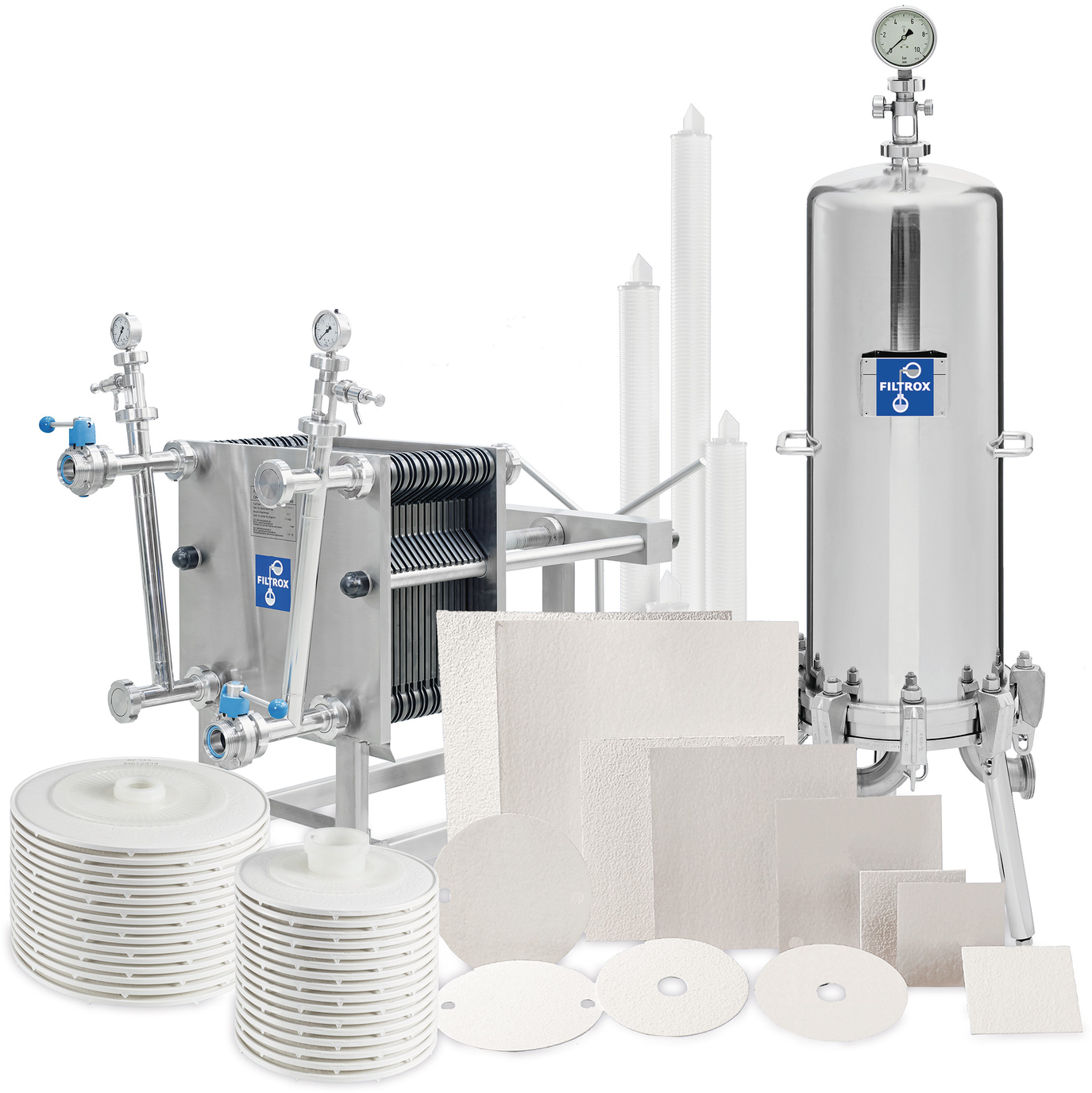The Secrets In The Labels: Information Hidden In Heavy Equipment Can You Read Your Equipment? Label Insights From Tires To Pipes
We are all constantly surrounded by information – and not just via your smartphone. No, our environments are dense with important insights, often designed in such a way that only those who know where to look or are specially trained can find it. From your car’s tires to pipes and industrial equipment, you can learn a lot if you know how to break the code.
Check Your Tires
Unless you’re a car aficionado, there’s a good chance that when you need new tires, you take your vehicle to the shop and ask for recommendations. You might have some general ideas about what you need, like all-weather SUV tires for tackling snow and rain, but overall, it’s down to the professionals. But what would you do if you were in a situation where you needed to provide some information about your tires? You may be surprised to find that it’s all encoded on the side of tire.
Though you may not understand all of the terms completely, tires are marked with specifications for type of vehicle (passenger, light truck, SUV, and van), tire width, aspect ratio, construction type (radial, diagonal, or belted-bias), and rim diameter, among other insights. These specifications can provide a lot of information on tire performance and handling, and are also important if you need new hubcaps or other replacement equipment.
Electronics And Equipment
You’ve undoubtedly noticed the warning labels on various electronic devices you’ve bought over the years, such as the graphic advising you to avoid dropping your blow dryer in the bathtub while it’s plugged in. Well, those tags are just the tip of the iceberg. In fact, there are a wide variety of informative, industrial nameplates and tags attached during the manufacturing process. These contain information ranging from manufacturer and serial number to use specification and safety warnings. Often, these tags are placed on the back or off to the side, but if you’re ever wondering about the voltage of an appliance or a similar value, that’s where you should look.
Mapping The Pipes
The average home has just a small selection of pipes, generally just for water and waste, but in industrial and manufacturing settings, pipes carry all kinds of different substances. In order to effectively manage all of these inputs and outputs, there are actual standard, color-coded abbreviations indicating what’s in each pipe. For example, chilled water return (CHWR) and supply (CHWS) are both white text on a green background, while brine water (BR) is indicated with black text on an orange background. These codes are universal across industries for everyone’s safety.
Electrical Insights
Finally, much like pipes, every home has an electrical panel, which you’ve surely used when a part of the property gets overloaded and loses power. Often referred to as a fusebox, this panel is a central hub for turning parts of a property’s wiring on and off – and industrial settings of all kinds use them as well, but those tend to be more complicated.
Luckily, there are a number of regulatory requirements for labeling electrical panels, including sizing, color, abbreviations, and information that needs to be included. It may not make much sense to the average homeowner, but any trained electrician will be able to interpret it.
When it comes to technically complex items like tires and circuitry, a lot of care goes into organizing necessary information. This is all done in the name of safety, efficiency, and clarity. While technical communication may look different from the tools lay people are used to, everything you might need to know is there.







